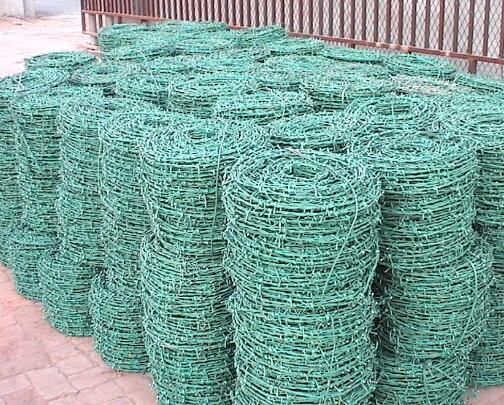How to Choose Drywall Screws
When embarking on a drywall installation project, selecting the right screws is essential for achieving a sturdy and lasting finish. Drywall screws are specifically designed for attaching drywall sheets to wood or metal studs and ensuring a smooth, professional appearance. This comprehensive guide will walk you through the factors to consider when choosing drywall screws, ensuring you make informed decisions for your project.
Types of Drywall Screws
There are mainly two types of drywall screws coarse-thread screws and fine-thread screws. Understanding the differences can help you decide which is best for your specific application.
Coarse-Thread Screws
Coarse-thread screws are designed primarily for use with wood studs. They have deeper threads, allowing them to grip into the wood more effectively. These screws usually have a sharp tip that helps them penetrate wood easily. When working with standard timber framing, coarse-thread screws are the ideal choice as they provide superior holding power.
Fine-Thread Screws
On the other hand, fine-thread screws are best suited for metal studs or brackets. Their finer threads reduce the risk of stripping and provide a tighter grip on metal. If your project involves installing drywall on metal framing, fine-thread screws will deliver the stability needed to secure the panels firmly.
Screw Length
Choosing the right length of drywall screws is crucial. The common lengths range from 1 to 2.5 inches. Generally, for standard ½-inch drywall, a screw length of 1 ¼ inches is sufficient when fastening to wood studs. For thicker drywall panels like 5/8 inches, you might consider using 1 5/8-inch screws. If you’re attaching drywall to metal studs, you’ll want longer screws to ensure they reach through the drywall and securely anchor into the metal.
how to choose drywall screws

Coating and Corrosion Resistance
Drywall screws come with various coatings to protect against corrosion. Most commonly, you’ll find phillips or black-oxide coatings. These coatings not only enhance durability but also prevent rust, especially in high-humidity environments like bathrooms or kitchens. If you’re working in such conditions, opting for corrosion-resistant screws is wise to ensure longevity and avoid the need for future repairs.
Head Types
Drywall screws are available in a few head types, the most common being bugle head and flat head. Bugle head screws are designed to create a smooth surface when driven into the drywall, allowing for easy mudding and taping. Flat head screws, while less common for drywall, can still be used, particularly if you need to countersink the screw head. For most residential projects, bugle head screws are the preferred option.
Drive Type
Drywall screws typically utilize a Phillips drive, but you might also consider other types such as square (Robertson) or Torx drives. While Phillips drives are widely used and compatible with standard electric screwdrivers, square and Torx drives provide a better grip and are less likely to strip under pressure. If you’re looking for ease of use and efficiency, consider the drive type that suits your tools best.
Packaging and Quantity
When purchasing drywall screws, consider the quantity you need for your project. Screws are sold in boxes or buckets, with variations in quantity based on the box size. It’s often more economical to buy in bulk if you have a large project. Additionally, check if you need specific screws for particular applications, such as corner beads, which might require special screws.
Conclusion
Choosing the right drywall screws is integral to the success of your drywall installation. Take into account the type of studs you’re working with, the appropriate length and coating, and the head and drive type that best matches your tools and preferences. By understanding these factors, you will ensure a solid and durable installation, ultimately leading to a polished finish that enhances the beauty of your space. Keep this guide handy as you shop for your supplies, and you’ll be well on your way to achieving an impressive drywall project.

















